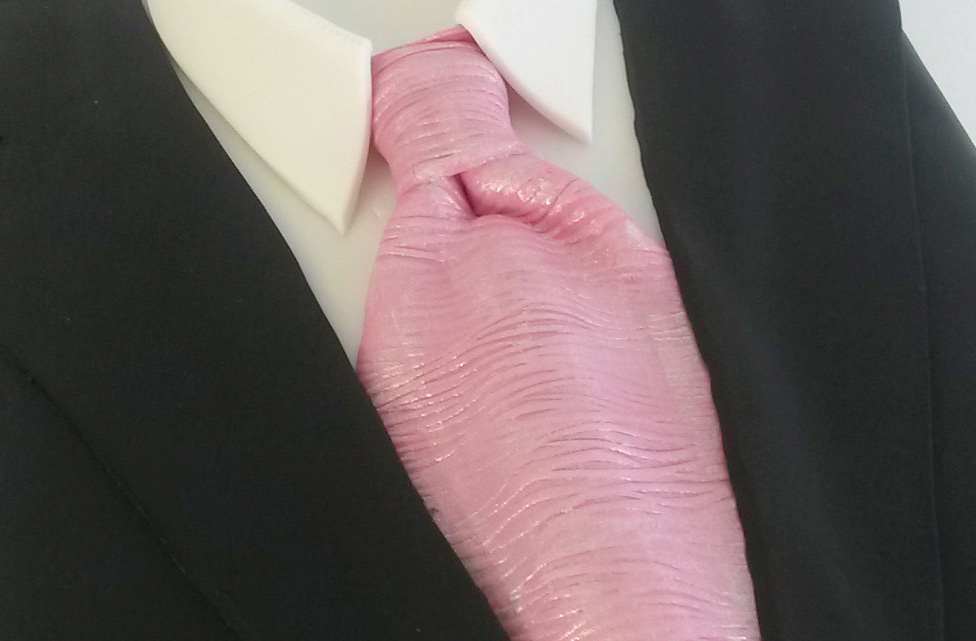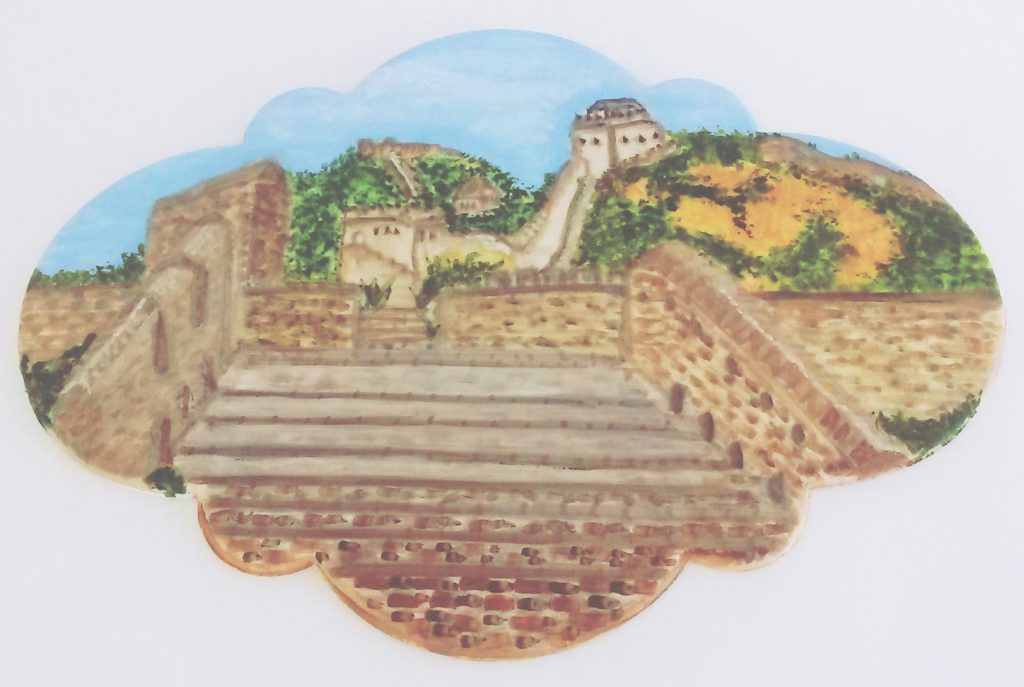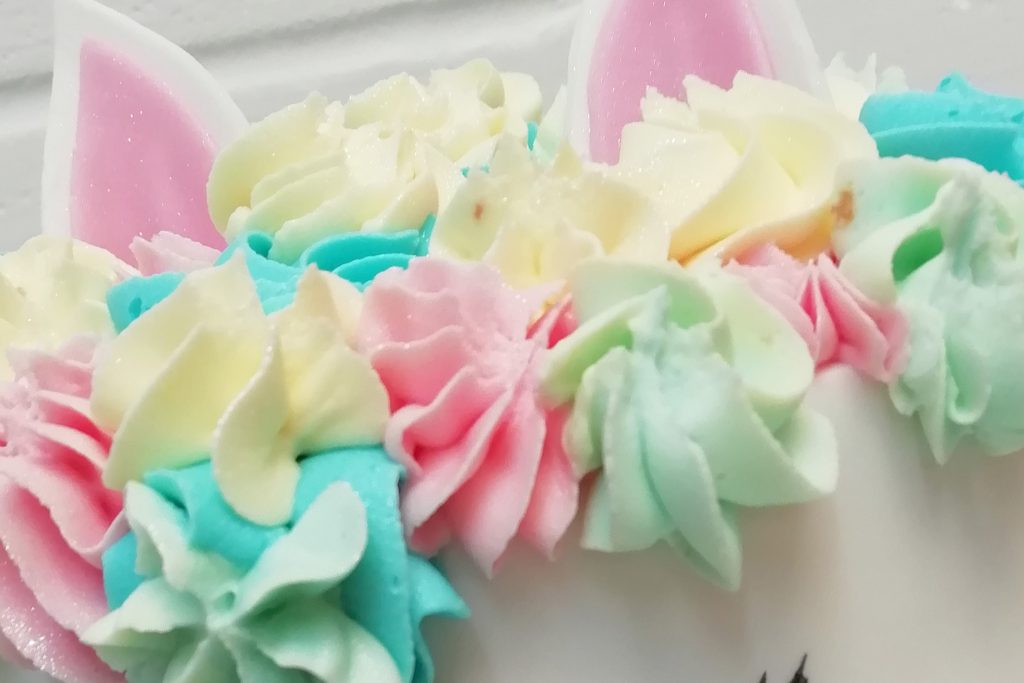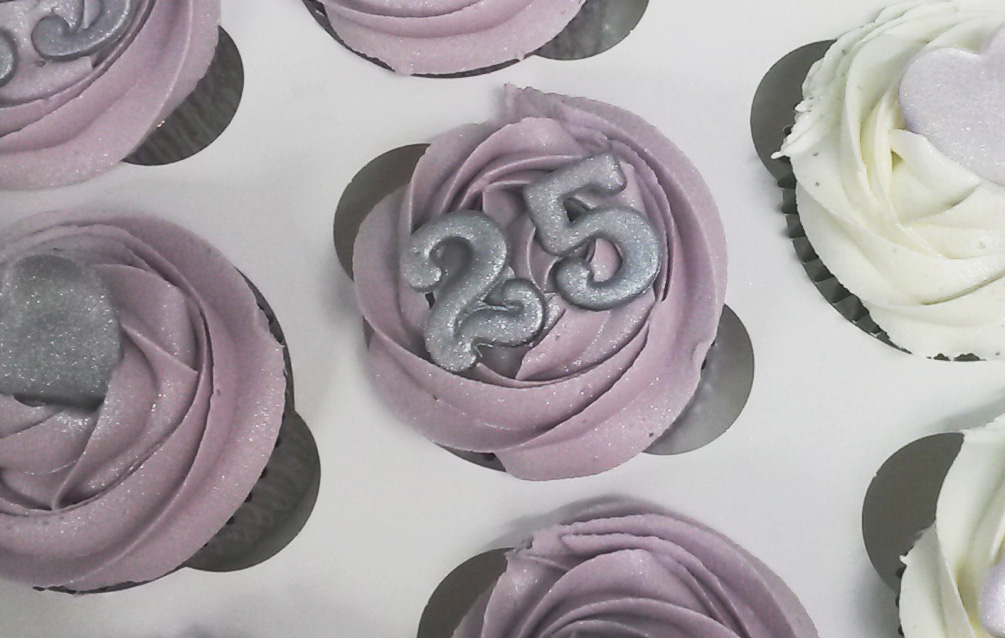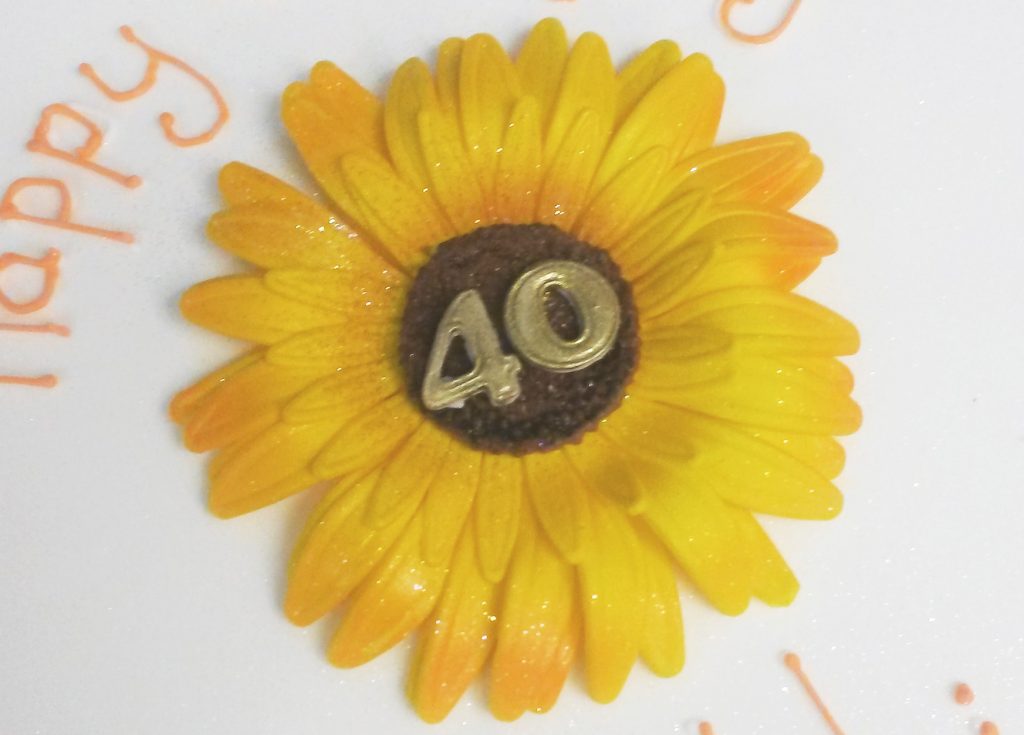Find out everything you need to know about dust colours. What are they, how do you use them and some neat tips and tricks to make the most of them.


What Are Dust Colours?
Dust or blossom tint colours are a fine coloured powder. They’re ideal for adding splashes of colour to your cakes and decorations. Most colours are edible but a few of the more vibrant pinks, purples and blues aren’t.
Originally intended to add colour to sugar flowers these versatile colours can be used for so much more. They’re a great addition to any cake decorators arsenal.
Unlike liquid, paste or gel, dust colours aren’t usually mixed but applied to the surface to give colour. They’re perfect for brushing onto decorations to give a hint of colour. They can also be layered and mixed for more complex colours or used to make edible paints.
Shop our range of dust colours
What Are Lustre Dust Colours?
Lustre dust colours are the shiny counterpart of dust colours. They’re used in the exact same ways but add a sparkle or shine at the same time.
Lustre colours are ideal for creating metallic finishes to decorations or even entire cakes.
Shop our range of lustre colours
How Do You Use Dust Colours?
There are a few main ways to use dust colours depending on what you’re adding colour to and the effect you want to achieve. We’ve outlined the most popular uses below:
Dry Brushing
Using a clean dry brush dust your decoration with your chosen colour. This works best on decorations with height variation or texture. The higher points of the decoration will colour more than the lower points.
This technique works especially well with patterned decorations and lustre dust colours. The colour heavy areas catch the light and sparkle to reveal details that were otherwise hard to see.
This technique also always you to add rosey cheeks, more detail to hair as well as shadows and highlights to models and cakes.
Edible Paint
One of the reasons dust colours are so versatile is that with a drop of Rejuvenator (a food grade alcohol) they can be turned into an edible paint. The alcohol evaporates leaving the colour behind, fixed to your decoration.
Don’t have rejuvenator? You can also use a strong clear alcohol such as vodka or gin though they may leave a taste behind.
Use lustre colours to create metal and satin effects for lettering, decorations or even entire cakes.
Standard dust colours are perfect for adding more colour and extra details to your models or for painting entire edible pictures.
Dusting
This technique works best with lustre dust colours. Load a dry brush with colour and ‘flick’ the dust over your decoration to add a subtle sparkle.
It’s often used on icy or snowy themed decorations. Perfect for Christmas cakes or for Frozen and wintery themes. You can use white lustre to dust just about anything to give it subtle sparkle.
You can also buy lustre pump sprays for a more controlled and even distribution of colouring.
Steaming
Flowers have intricate, complex colours and patterns on their leaves and petals. Using only coloured paste isn’t enough if you’re going for a life like look. Dust (or where they get there other name from; blossom) colours are ideal for adding these extra details.
The dry dusts can be blended together to create gradients and more complex colours that other food colouring just can’t.
Once you’ve got the perfect look you can use steam to fix the colours. This will also add a slight gloss to the colours the imitates the waxy quality of leaves and petals.
Steam your dusted sugar flowers to fix the colour in place. You can use a cake steamer or even the steam from a kettle. Just remember to keep your hands clear!
Tips & Tricks
Can’t find the exact shade you need? Did you know that you can mix dust colours together to create your very own.
If you’re in a pinch you can colour icing and royal icing with dust colours. They’re not ideal though as they’ll alter the consistency of you’re icing and they’re not very strong.
You can colour icing sugar by shaking the icing sugar and dust colours together in a bag until mixed. Now you have a coloured icing sugar you can dust your cakes or desserts with.
Did you know that you can colour piped icing? Pipe the design in white and then colour with a paint of your chosen dust or lustre colour. This neat trick allows you to create hand piped messages in metallic colours.
